Almost every woman dreams of feeling like a queen, shining at a luxurious ceremony, or imagining herself as the heroine of a colonial romance novel. By trying on Indonesian kebaya clothing, you can fulfill this dream, becoming the center of society's attention, especially for men.
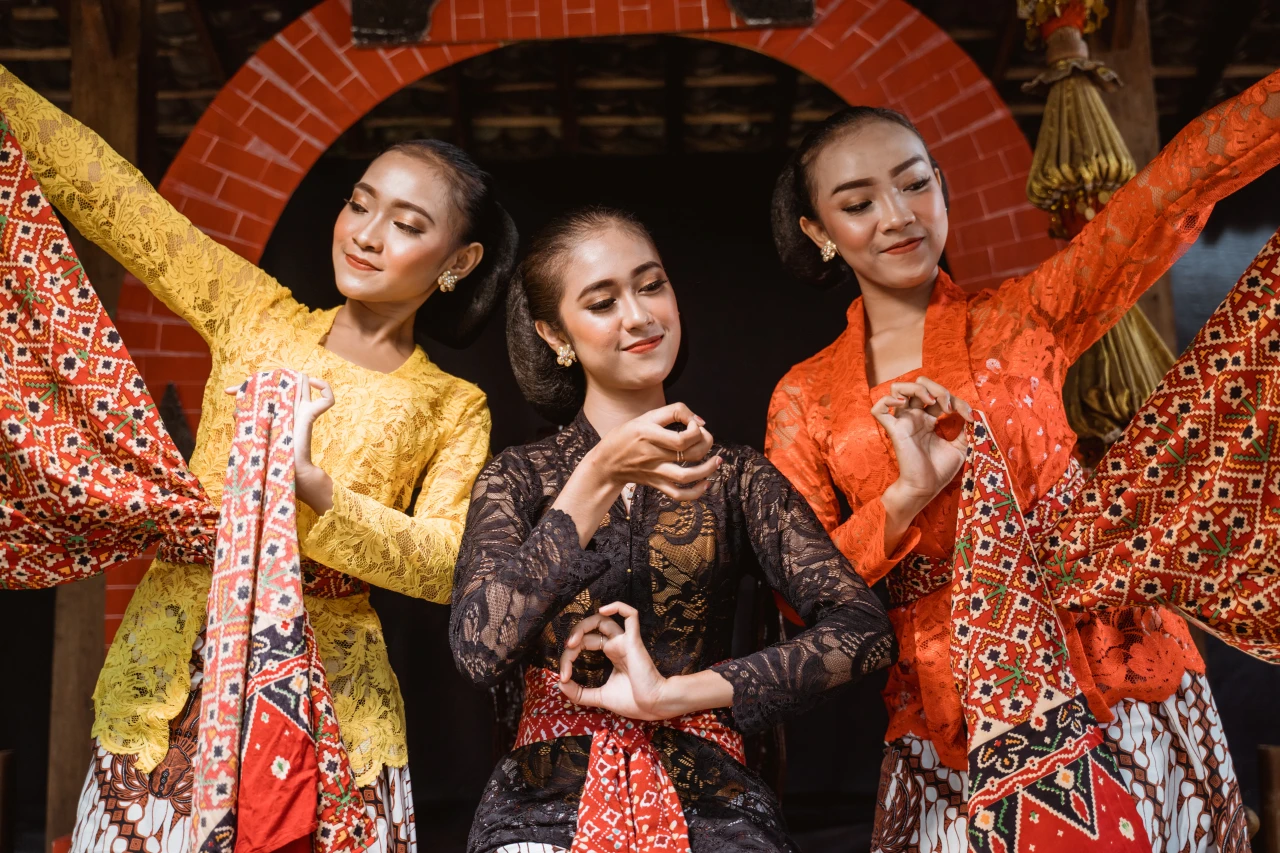
Why is traditional kebaya so valued in Indonesia?
Kebaya is women's clothing considered a symbol of national culture, refinement, and sophisticated behavior. The simple form of kebaya is an expression of modesty. Yet, beneath its simplicity lies an intriguing origin, history, and evolution.
History
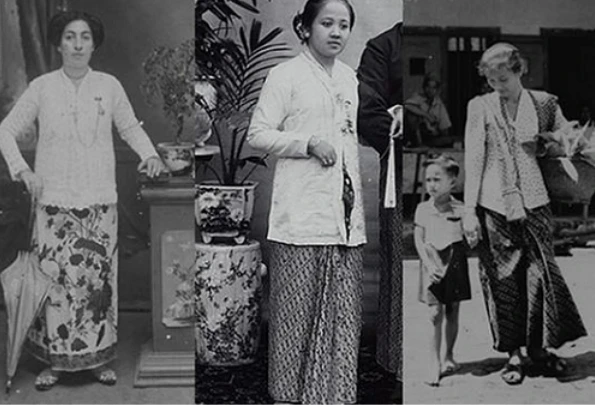
The kebaya originated in the 15th–16th centuries under the influence of Chinese, Arab, and European clothing traditions. Over time, it became a part of Indonesian culture, especially among women of the upper social classes.
During the Dutch colonial era, kebaya was popular among women of all ethnic groups. Today, it is mainly worn during official events such as weddings, national holidays, and religious ceremonies.
According to historical data, the word 'kebaya' originated from the Arabic, Chinese, and Portuguese languages, highlighting the close connection of these three cultures with the origins of kebaya. One historical source states that kebaya comes from the Arabic word 'habaya,' meaning a long garment with a front slit.
On this topic, historian Denys Lombard, who studied Javanese culture, claims in his book that the word 'kebaya' derives from the Arabic word 'qaba', which also means clothing. In modern Arabic, the term 'abaya' is still used to refer to a long Arabic tunic. There are also records indicating that the word 'kebaya' was introduced through the Portuguese language. At that time, kebaya referred to a top garment or blouse worn by Indonesian women from the 15th to the 16th centuries AD.
According to another opinion, the kebaya is linked to the long women's clothing of the Chinese Ming Dynasty era, which spread to South and Southeast Asia in the 13th–16th centuries. Its influence reached Malacca, Java, Bali, Sumatra, and Sulawesi.
However, there is a hypothesis that the kebaya is indeed traditional clothing originating from Indonesia, specifically from the Java region, appearing alongside the spread of Islam in the 13th century.
Sculptures and reliefs of ancient temples before the 15th century show that men at that time wore only fabrics like skirts, trousers, jewelry, and accessories, without upper garments. By 1600, the kebaya became the official clothing of royal family members. After the spread of Islam, this clothing gained popularity, becoming a symbol of the status of the upper class.
At that time, the use of kebaya depended on social class. Members of the royal family and aristocracy wore kebaya made of silk, velvet, or lace. Common people chose kebaya made of cotton or handmade fabric, which was more affordable in price. Archives of the Islamic kingdoms of Cirebon, Surakarta, and Yogyakarta confirm the use of this clothing in royal families. The top of the kebaya was paired with batik, which served as the skirt.
Dutch women also wore kebaya, combining it with batik. This unique clothing style spread widely around the world.
Periods of Flourishing, Decline, and Revival
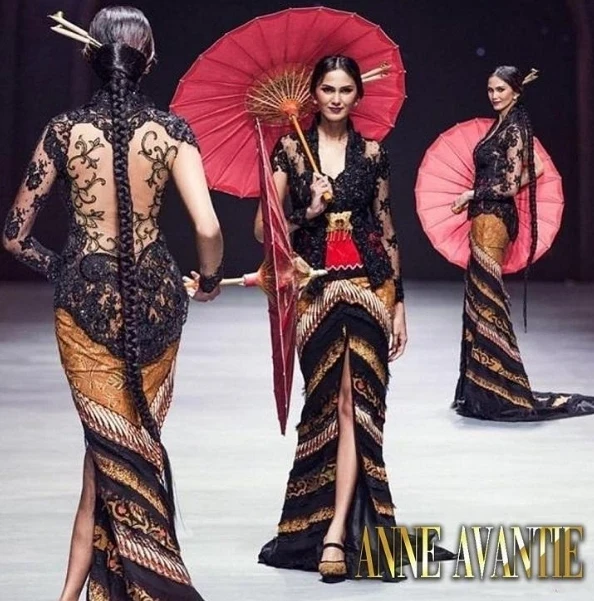
From 1945 to the 1960s, kebaya became popular among Indonesians, both in rural and urban areas. However, in the 1970s–1980s, the strong influence of pop culture from Europe and America led to Indonesian fashion focusing on Western trends. Various fashion trends emerged, showcasing styles inspired by European and American fashion.
In the 2000s, kebaya experienced a revival. Designers competed in creating modern versions of kebaya, perfectly accentuating the figure and made from beautiful fabrics. Even luxurious materials such as silk organza, lace, shantung, imported textiles, as well as natural fibers like pineapple or banana fiber fabric were used. Moreover, kebaya was created using unusual materials such as metal, crystals, various beads, and shells.
Interestingly, there is significance in how this clothing was worn. The fabric wrapping the body restricts movement, making them slow and graceful. This creates an association with the image of a humble Javanese woman, known for her poise and fluid movements.
Types of Kebaya
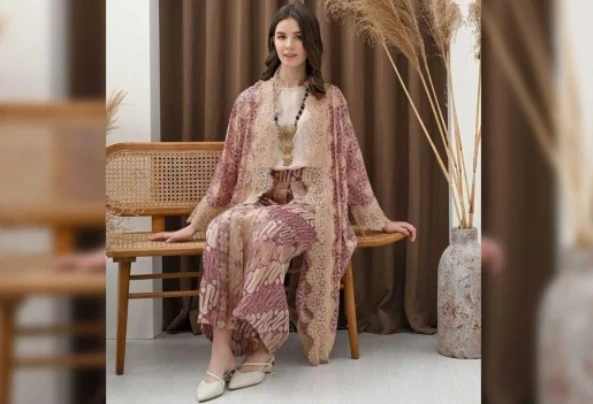
Kebaya, having gone through extensive development, includes numerous types with unique characteristics. As noted in a study by Sebelas Maret University, each type of kebaya reflects a particular cultural value, merging tradition with modernity.
A kebaya consists of two main parts: Kebaya (upper part) - a fitted, often transparent blouse with long sleeves. It may be adorned with embroidery, lace, or ornaments. The fabric for kebaya is traditionally made of thin silk, batiste, or chiffon, making the clothing light and elegant. Sarong or batik (lower part) - a long piece of fabric wrapped around the hips, usually decorated with traditional patterns. The batik used for sarong may have regional design features. Kebaya highlights femininity through its fitted cut and delicate details.
Silk kebaya stands out among other fabrics with its smoothness, lightness, and shine, making it ideal for tropical climates. It protects the skin from UV rays and is pleasant to the touch. However, its high cost and maintenance demands require caution, including minimal heat when ironing.
Modern Trends
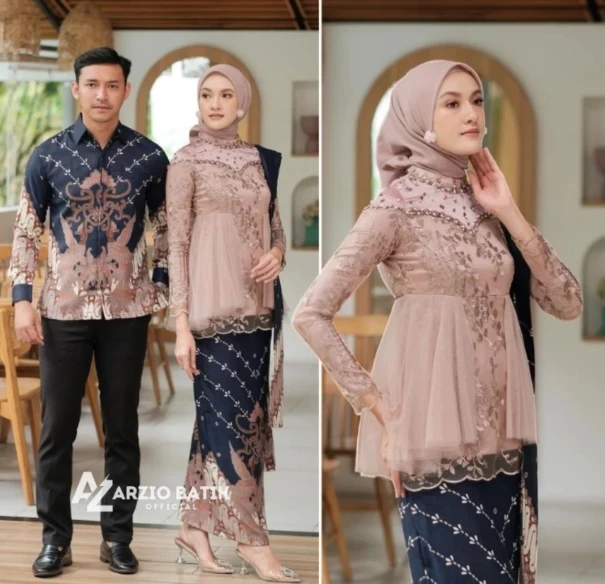
Modern designers actively incorporate traditional kebaya elements but reinterpret them in a new style. Contemporary fabrics, bright colors, and experimental patterns are introduced. At the same time, traditional manufacturing techniques, such as hand embroidery and the use of batik, remain in demand.
Kebaya is not only an element of national identity but also a symbol of the beauty and grace of Indonesian women. The cost of kebaya currently ranges from 200,000 to 1 million rupiahs, depending on the type of fabric and the complexity of tailoring.
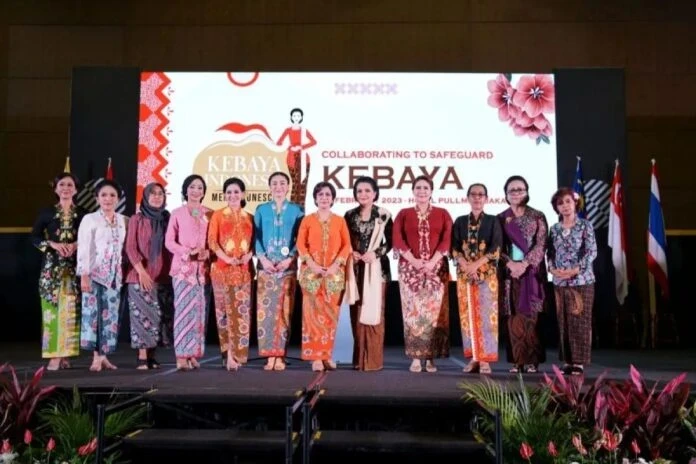
At the 19th session of the Intergovernmental Committee for the Safeguarding of Intangible Cultural Heritage (ICH), held on December 4, 2024, in Asunción, Paraguay, kebaya was added to the UNESCO list. This recognition resulted from a joint nomination submitted by Indonesia, Brunei-Darussalam, Malaysia, Singapore, and Thailand.
Lana T. Kuntyoro, Chairwoman of the National Team for the Promotion of Kebaya, expressed pride and gratitude for this significant achievement. Now, kebaya holds the status of not only a prideful object but also a symbol of feminine identity and beauty in Indonesia.

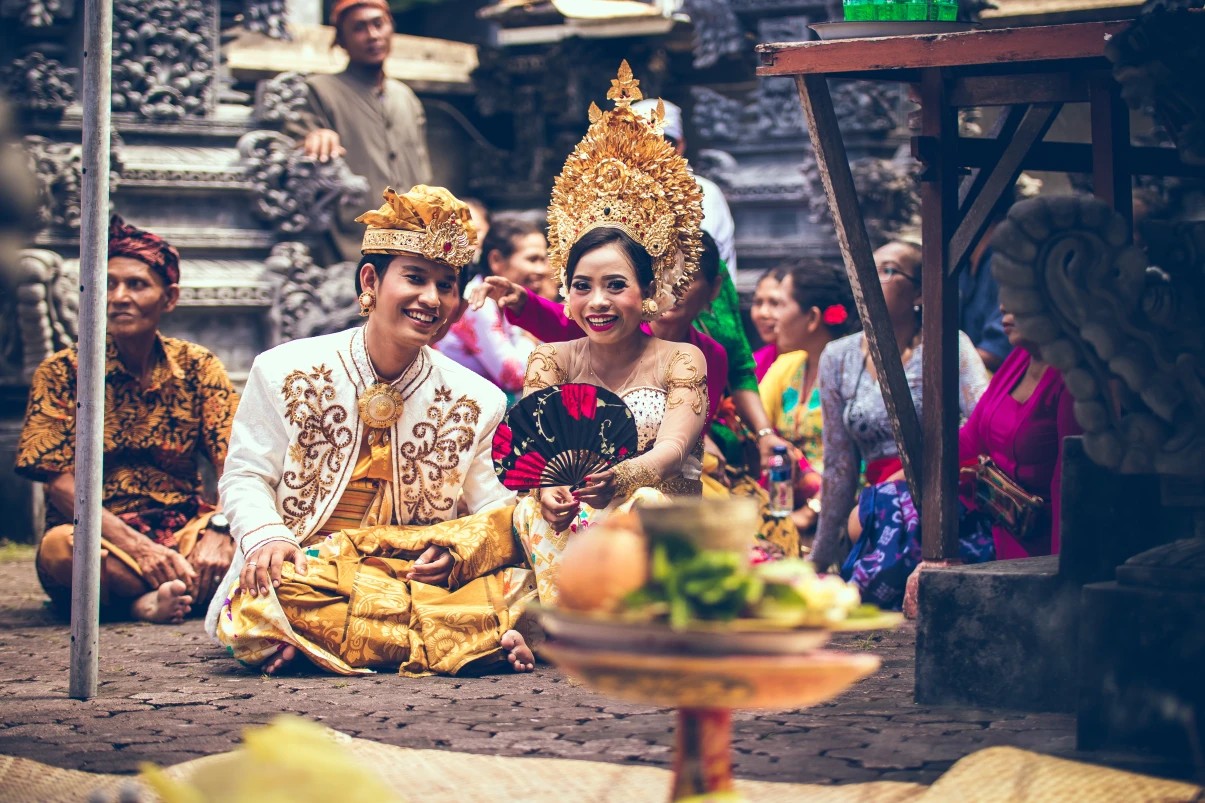
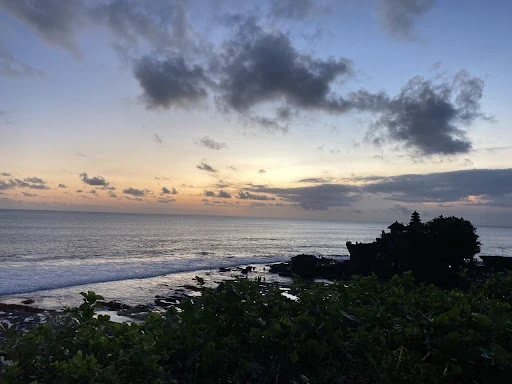
You can add one right now!